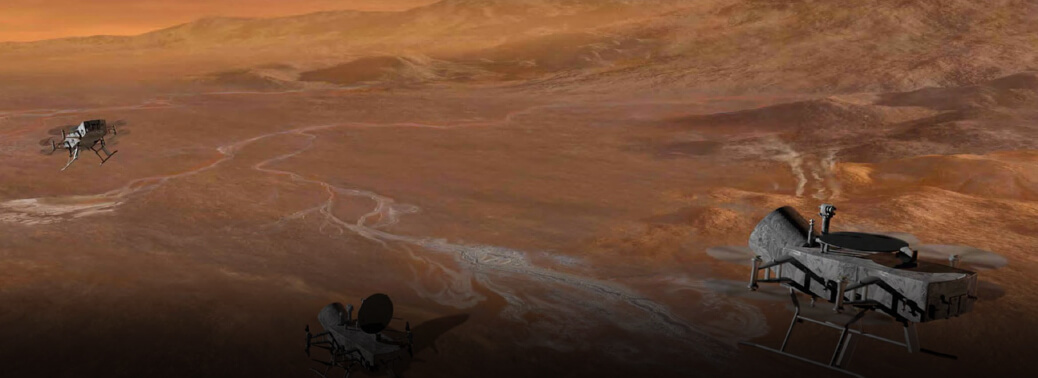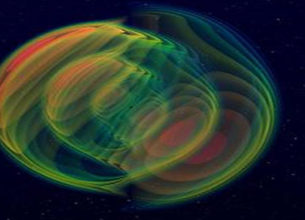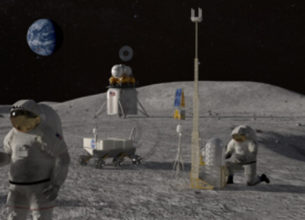DRAGONFLY MISSION
30, Jun 2019

Prelims level : Space Technology
Mains level : Awareness in The Fields of It, Space, Computers, Robotics, Nano-Technology, Bio-Technology
Why in News?
- The National Aeronautics and Space Administration’s (NASA) Dragonfly mission, (which will be launched in 2026 and land in 2034) plans to fly a drone copter to Saturn’s largest moon Titan in search of the building blocks of life.
Dragonfly Mission:
- Dragonfly mission will study whether the moon of Saturn (Titan) could now be, or once was, home to life. Dragonfly will fly to dozens of promising locations on Titan looking for prebiotic chemical processes common on both Titan and Earth.
- This will be the first time Nasa will fly a multi-rotor vehicle for science on other planets.
- It will explore diverse environments from organic dunes (hill of loose sand built by the flow of water or air) to the floor of an impact crater where liquid water and complex organic materials (key to life) once existed together (possibly tens of thousands of years).
- The craft will land first at the equatorial “Shangri-La” dune, exploring the region in short trips before building up to longer “leapfrog” flights of five miles (8 kilometres).
- It will investigate the Titan’s atmospheric and surface properties and its subsurface ocean and liquid reservoirs and will also search for chemical evidence of past life.
Titan:
- Titan is the largest moon of Saturn and the second largest moon in our solar system.
- Titan’s atmosphere is made mostly of nitrogen, like Earth’s, but is four times denser.
- Unlike Earth, it has clouds and rain of methane.
- It’s surface pressure is also 50% higher than Earth.








